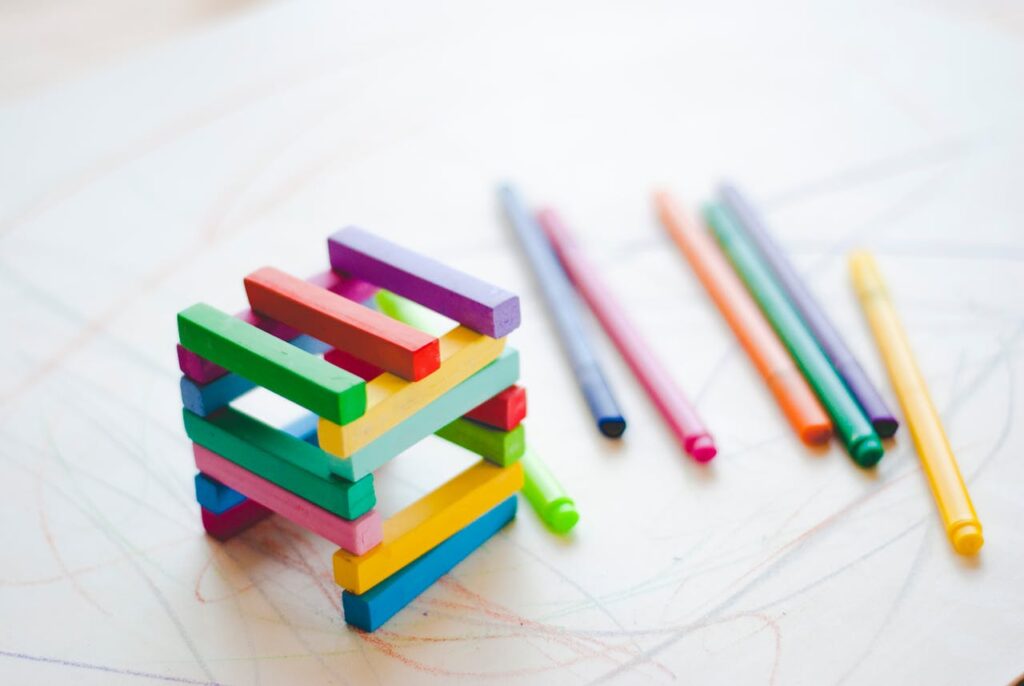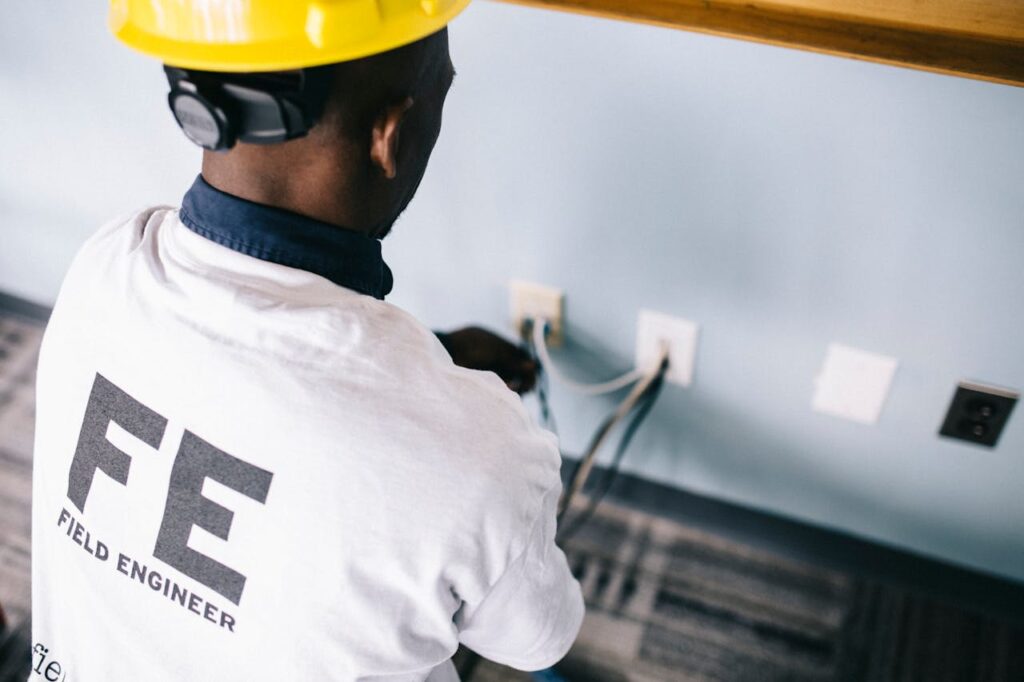Safe Toy Choices Every Parent Should Know
Safe Toy Choices Every Parent Should Know Choosing the right toys for your children is about more than just entertainment—it’s about ensuring their safety. In a world filled with countless toy options, it’s crucial to be informed about which ones are safe and which ones pose potential hazards. This comprehensive guide will help parents, child safety advocates, and early childhood educators make informed decisions about toy safety. Understanding Toy Safety When it comes to toy safety, not all toys are created equal. Safe toys are designed with children’s well-being in mind, whereas unsafe toys can pose significant risks. Safe toys typically adhere to strict safety standards, are made from non-toxic materials, and are age-appropriate. On the other hand, unsafe toys may contain harmful chemicals, small parts that can be swallowed, or sharp edges that can cause injury. Common toy hazards include choking, strangulation, and chemical exposure. Small parts, such as buttons or beads, can be easily swallowed by young children. Toys with long strings or cords can pose a strangulation risk, while those made from toxic materials can lead to chemical poisoning. Being aware of these hazards is the first step in creating a safe play environment for children. Toy Safety Guidelines Selecting age-appropriate toys is crucial in ensuring child safety. Always check the age recommendations on toy packaging and consider your child’s individual needs and abilities. For infants and toddlers, choose toys that are large, durable, and free from small parts. Preschoolers can handle more complex toys but should still avoid those with small parts or sharp edges. Inspecting toys for safety is another essential practice. Before giving a toy to your child, look for any loose parts, sharp edges, or potential choking hazards. Ensure that batteries are securely enclosed and that there are no accessible magnets, as these can be extremely dangerous if swallowed. Avoid toys with small parts, sharp edges, and loud noises. Small parts can easily become choking hazards, while sharp edges can cause cuts or injuries. Loud toys can damage a child’s hearing, so it’s best to choose toys with adjustable volume settings or those that produce softer sounds. The Role of Labels and Certifications Understanding toy safety standards and certifications can help you make better choices. Look for labels such as ASTM (American Society for Testing and Materials) or CE (Conformité Européenne), which indicate that the toy meets specific safety standards. These certifications ensure that the toy has undergone rigorous testing for safety and quality. Interpreting toy safety labels and markings can provide valuable information about the toy’s safety. For example, labels that warn against small parts or specify age appropriateness can guide you in selecting the right toy for your child. Always read these labels carefully to ensure that the toy is suitable and safe. Safe Play Environments Creating a safe play environment is just as important as choosing safe toys. Ensure that play areas are free from hazards such as sharp furniture edges, small objects, and accessible electrical outlets. Soft flooring, like foam mats, can help cushion falls and reduce injuries. In early childhood settings, it’s crucial to maintain a clean and organized play space. Regularly inspect toys and play equipment for wear and tear, and replace any damaged items immediately. Supervision is key in preventing accidents and ensuring that children use toys appropriately. Case Studies and Reviews Real-life examples can highlight the importance of toy safety. For instance, several years ago, a popular toy company recalled a line of action figures due to the presence of small parts that posed a choking hazard. This case underscores the need for parents to stay informed about toy recalls and safety alerts. On a positive note, many popular toys on the market today are designed with safety in mind. For example, building blocks made from non-toxic materials and designed for toddlers are both fun and safe. Reading reviews and doing research on toys can help parents make informed decisions and choose the best options for their children. Conclusion Ensuring toy safety is an ongoing process that requires vigilance and informed decision-making. By understanding the differences between safe and unsafe toys, following toy safety guidelines, and creating safe play environments, parents and caregivers can significantly reduce the risks associated with childhood play. Remember to share this information with others and contribute to the safety of children everywhere. A well-informed community is a safer community, and spreading awareness about toy safety can help protect countless children from potential harm. Together, we can create a safer world for our little ones, where they can play, learn, and grow without unnecessary risks. For more tips and resources on toy safety, consider subscribing to our newsletter or booking a consultation with one of our child safety experts. Your proactive steps today can make a significant difference in ensuring your child’s safety and well-being.



